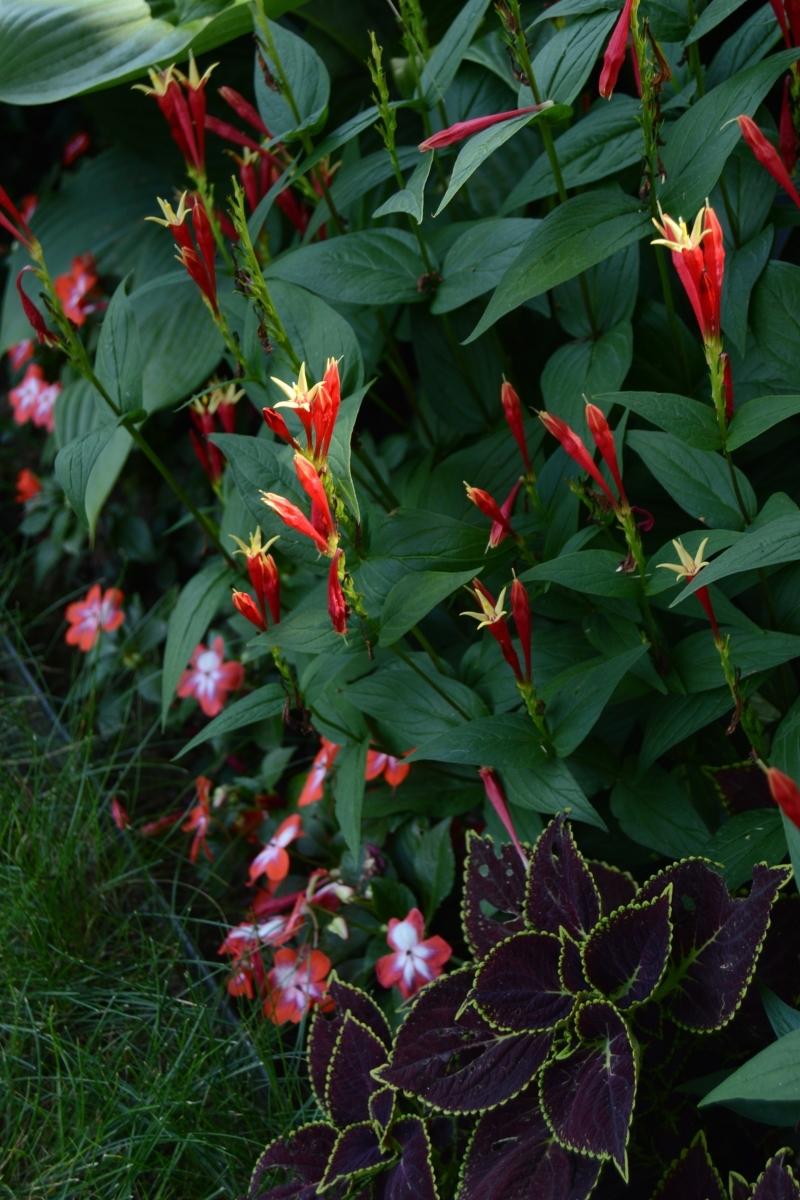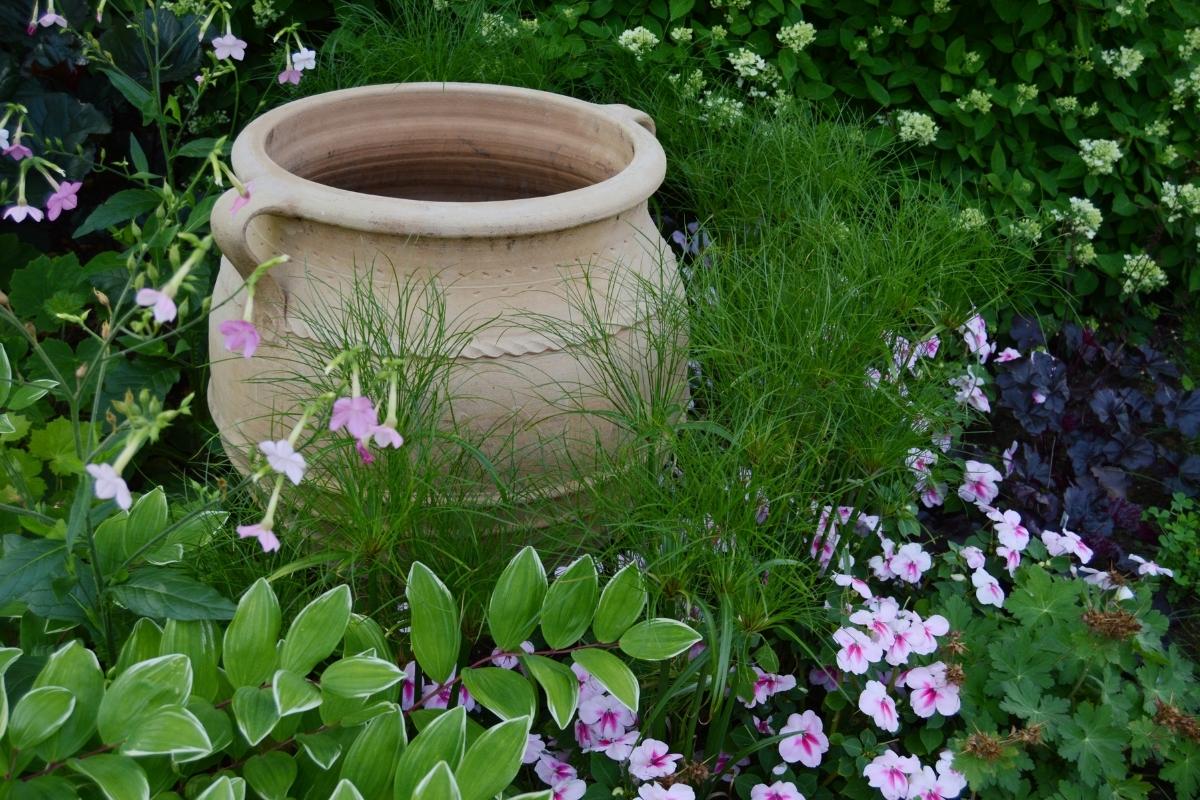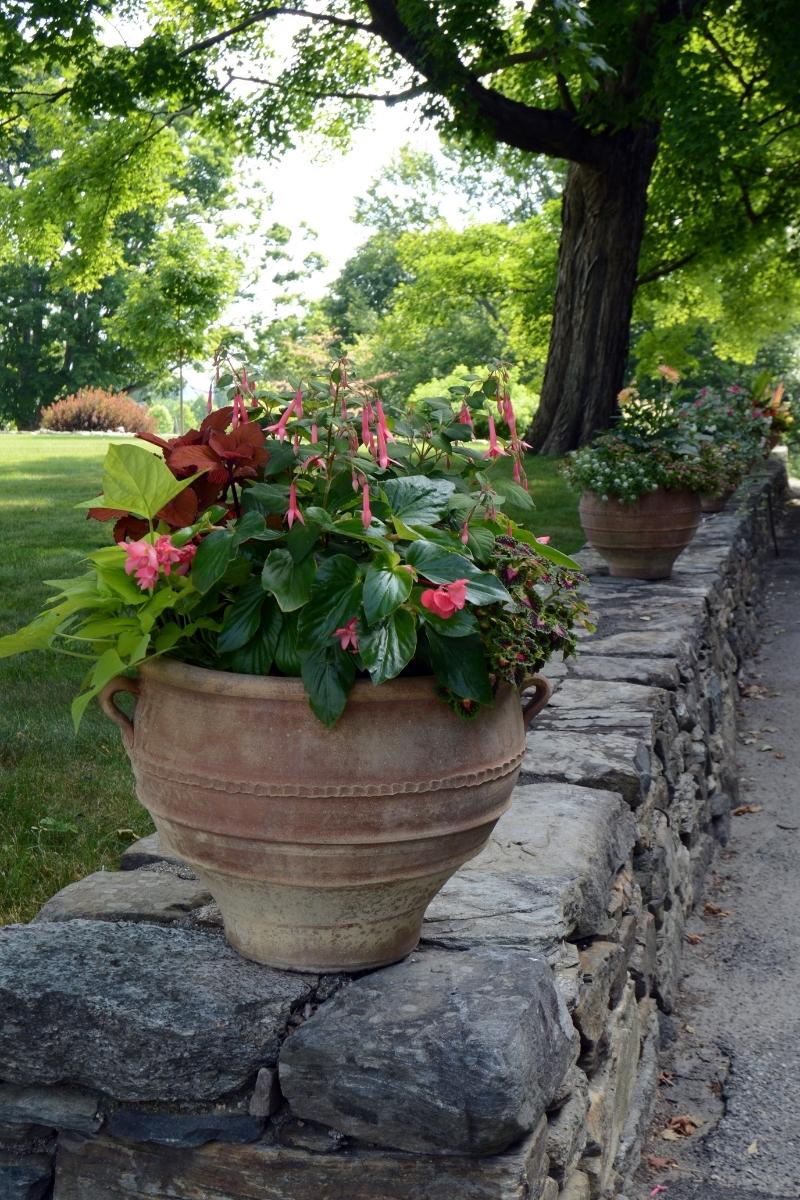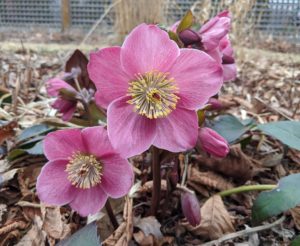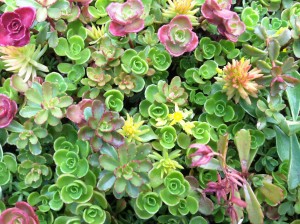When summer reaches its zenith, visitors to the gardens at White Flower Farm may enjoy one of the many shady recesses on the property in which to escape the sun and continue their exploration of plants great and small. The stone wall along Esther’s Lane, lined with stately old Sugar Maples, is an example. On the side of the partition facing the lane, multiple plantings of our Emerald Isle Hosta Collection cover the ground, creating a verdant tapestry. On the opposite side of the wall, visitors will discover an even more surprising swath of shade-loving plants. The intricately woven drifts of annuals, perennials, and small shrubs combine diverse colors and textures, ultimately demonstrating the tremendous opportunity for creativity that gardeners have when designing for shade.
Shade Is an Opportunity
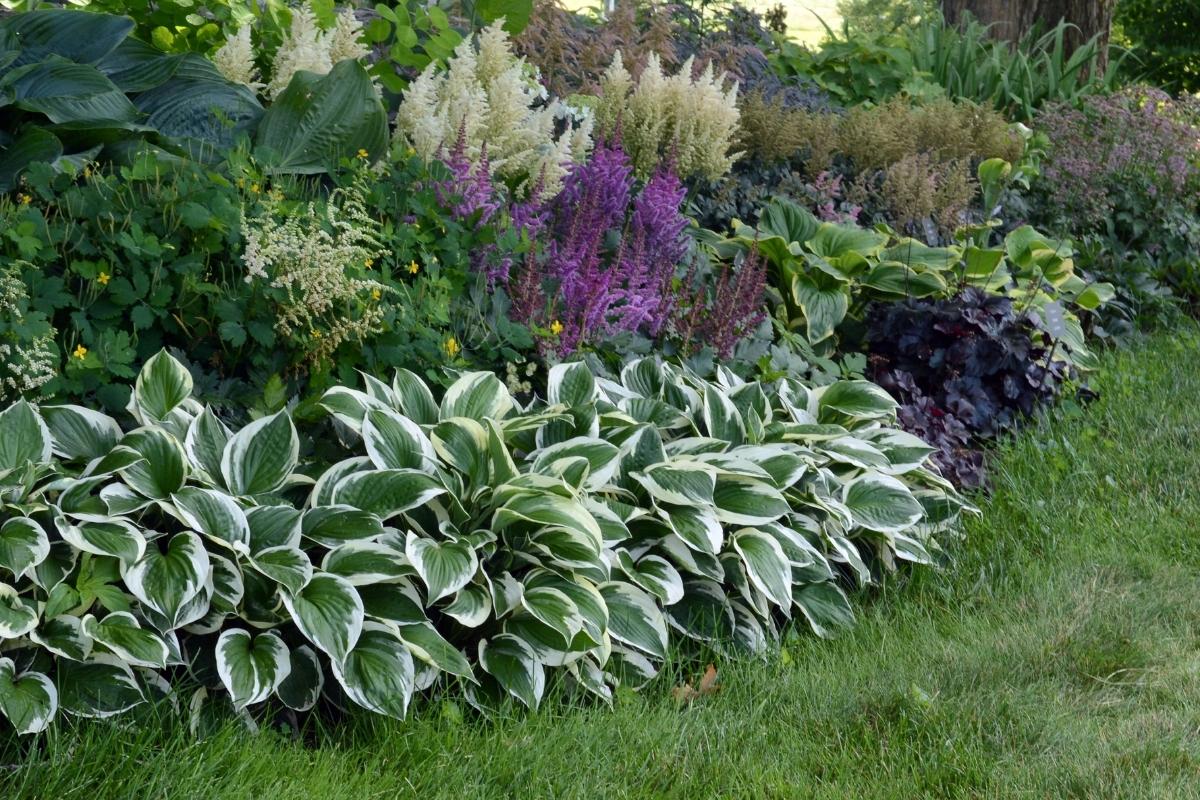
An opportunity? Yes, shade is hardly a death knell for gardeners. While light is critical to a plant’s ability to thrive, it is heartening to recall that some plants require partial shade, which is 3–4 hours of direct sunlight per day. Still other plants are happy in full shade, which means little or no direct sunlight but some reflected light (not, it is important to note, total darkness). Having limited sun in your yard may catapult you into a wider world of flowers and foliage than you previously knew existed. We will explore some of the many options below.
In the meantime, shady sites have other advantages. During the heat of summer, a shade garden is a veritable oasis. Garden guests can pause in the shadows, while gardeners can work in much greater comfort. In addition, plants in these areas do not dry out as quickly as others that require full sun (defined as 6 or more hours of direct sunlight per day), meaning they are much lower maintenance.
Shade Is Cool
It’s no surprise that it’s cooler in the shade. Shade gardens, however, demonstrate another way in which plants can make you feel cool. Foliage thrives in shady areas, so green in all its various tones comes to the fore, along with occasional shades of blue, purple, silver, and white. All are visually “cool” in temperature. Flowers in these colors have the same effect, too. They are calming and peaceful, thereby contributing to the overall refreshment found in shade. Check out the following cool combinations.
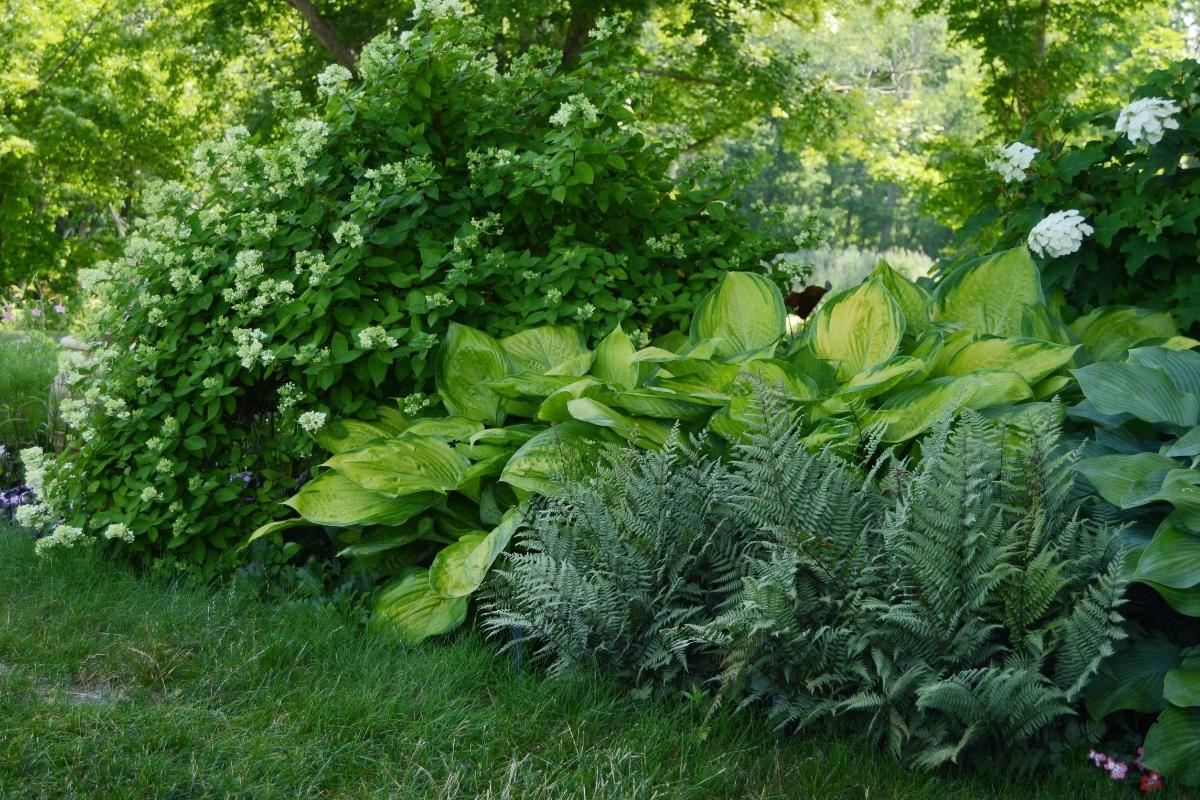
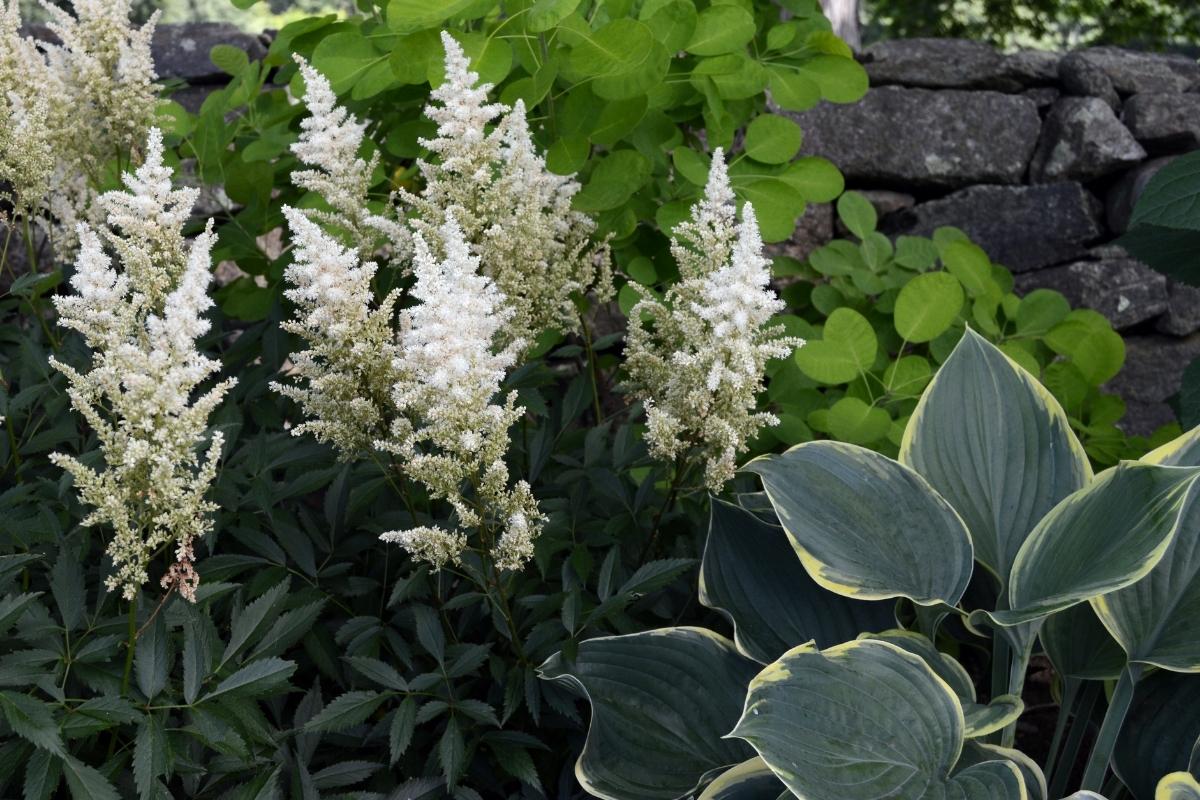
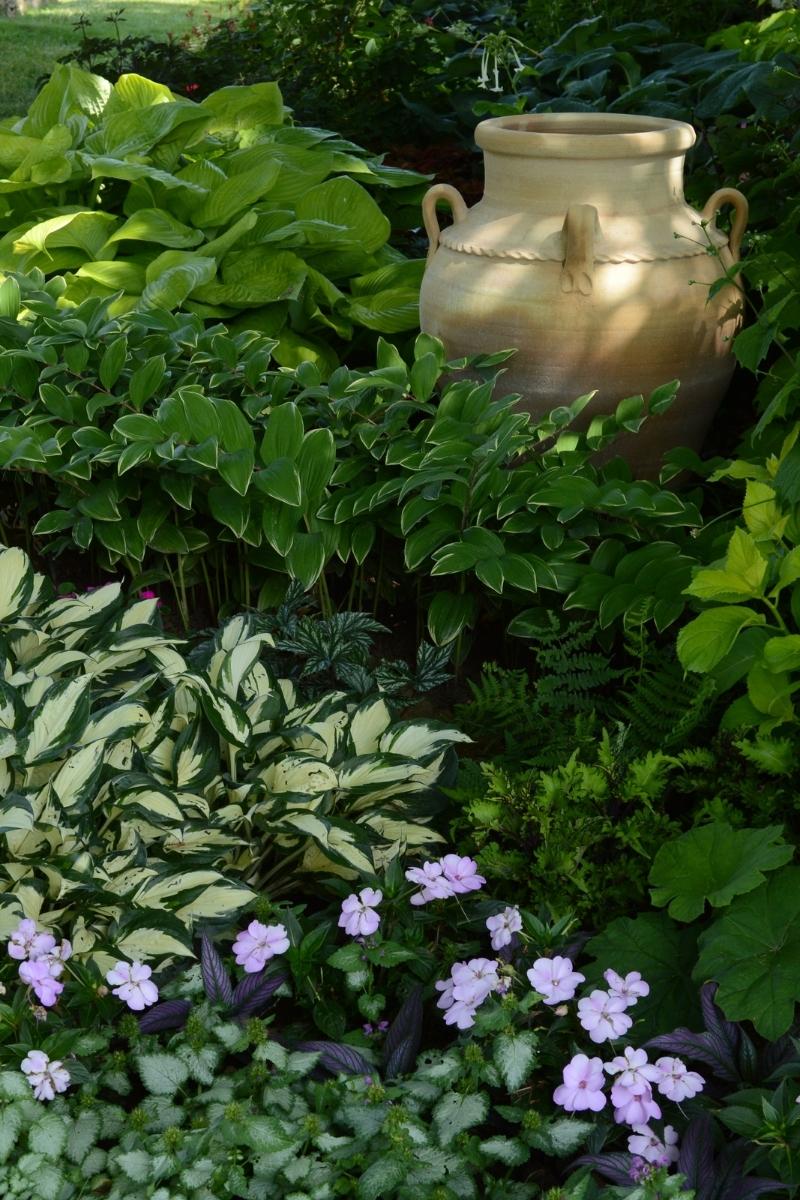
Shade Is Hot
Just when you thought shade gardens were all about keeping it cool, enter another kaleidoscope of plants. While some flowers and foliage in shade can emphasize cooler hues, they can also tend in the opposite direction. Perhaps this is the most surprising aspect of shade gardens: visually speaking, some like it “hot.” With so many selections of plants available that feature colorful foliage, from gold to orange to deep burgundy, in addition to shade-loving blooms in hues such as coral and red, it’s easier than ever to set the shade on fire. Scroll below to experience the exciting, energizing effect of warm colors in shade.
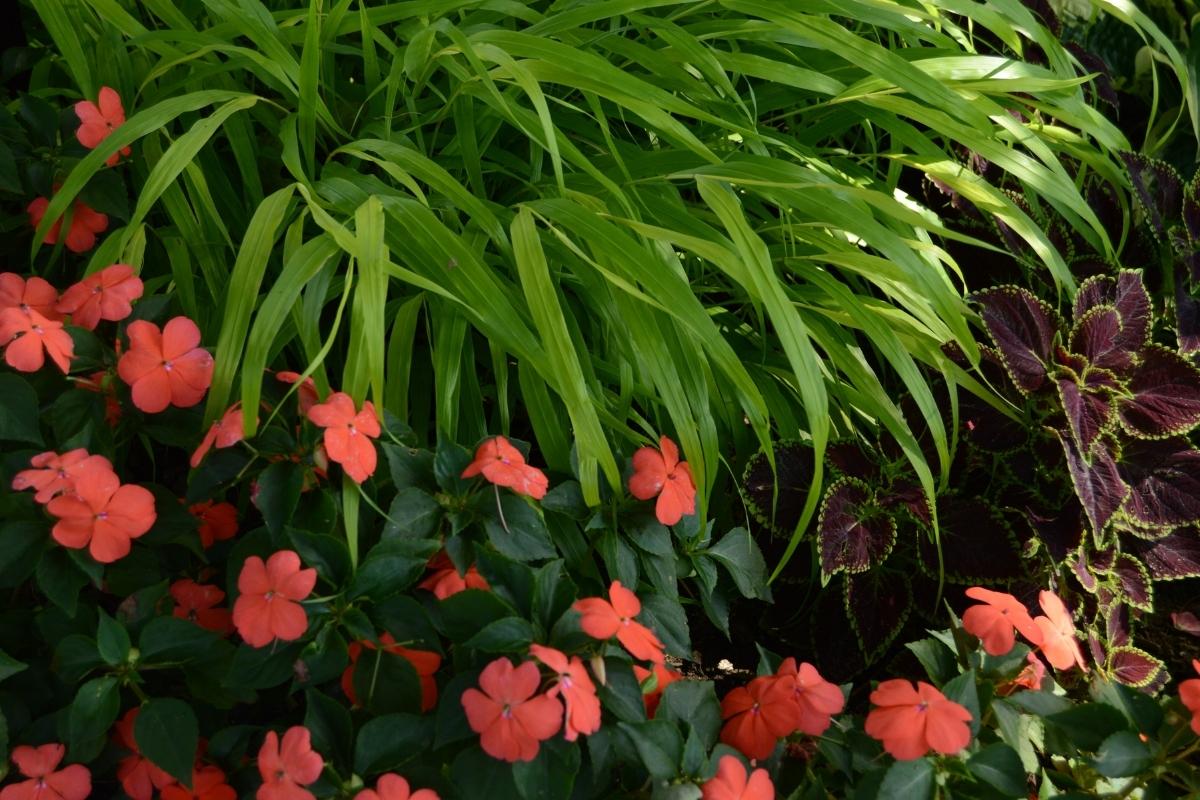
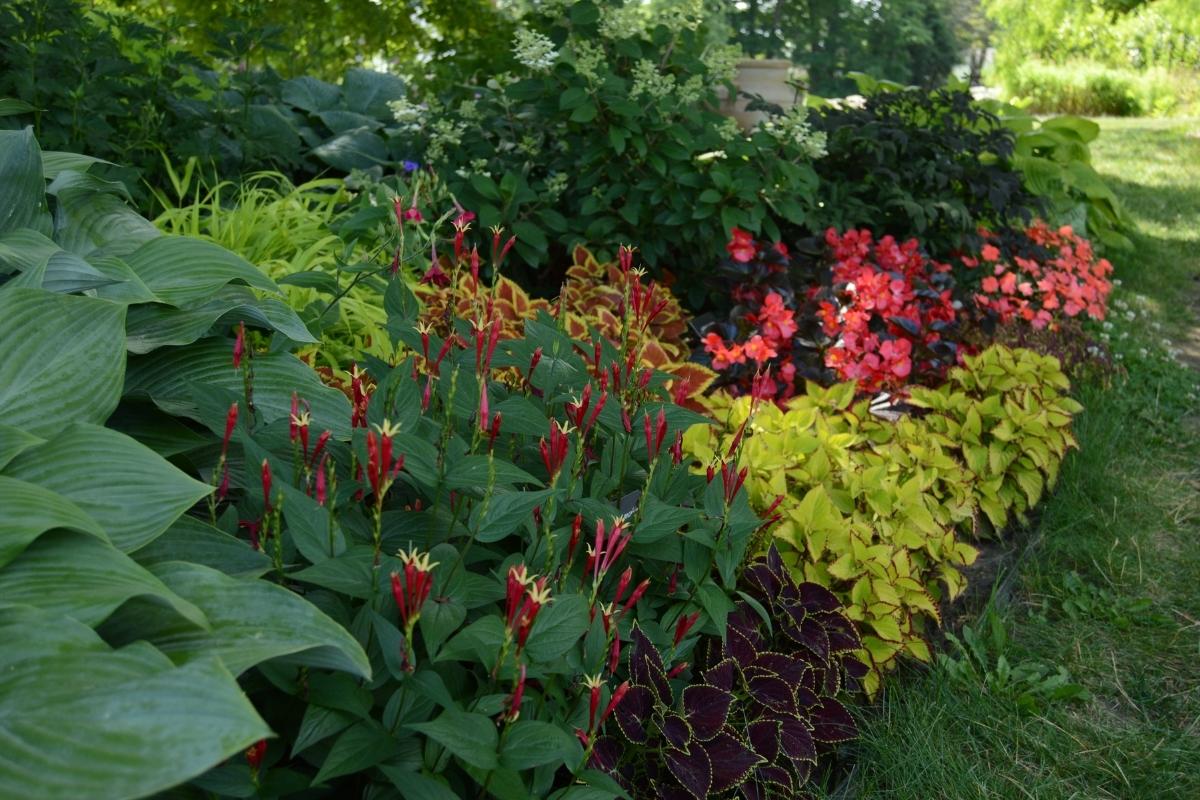
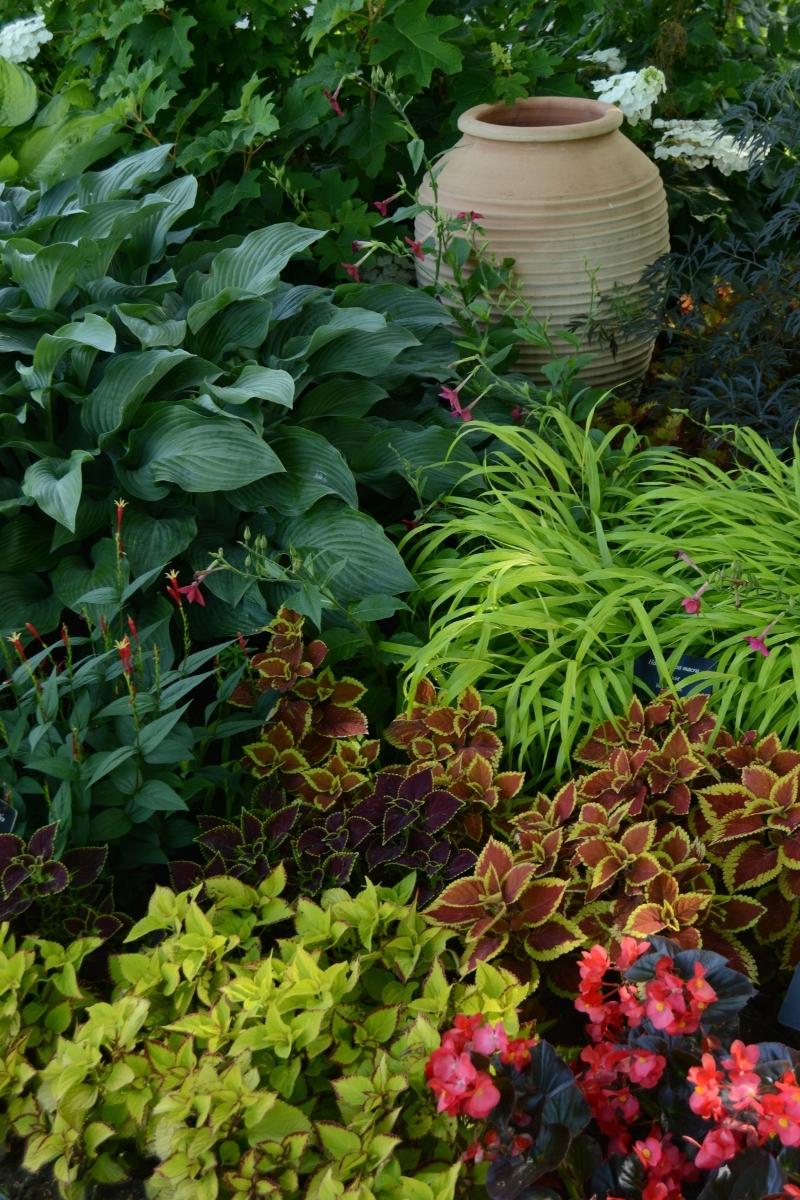
Shade Is Special
Something special happens when you stop in the garden to look more closely at plants, a habit that shade gardens certainly encourage. There are remarkable details that can be appreciated much more easily when you are leisurely strolling in the shade. Look below to see some unique finds in the shade at White Flower Farm. Hopefully these and all of the above will inspire you to enhance a shady site near you.
